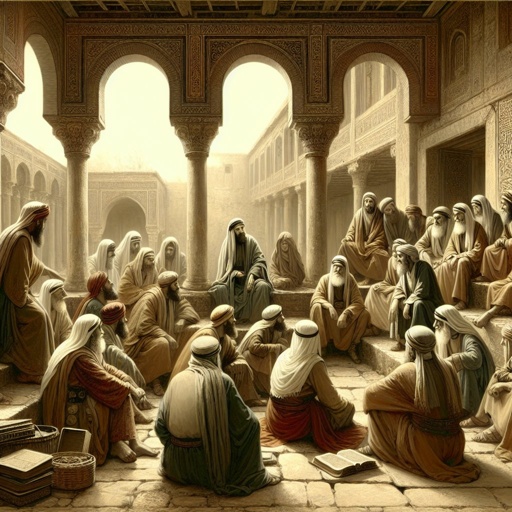Luke 18 Artwork
"And he spake a parable unto them to this end, that men ought always to pray, and not to faint;" - Luke 18:1
Explore Luke 18 through paintings, pictures, drawings, digital art, illustrations, wallpapers, photos, prints & more.

Luke 10:18-19

Luke 10:18-19

Luke 10:18-19

Luke 13:18-19

Luke 10:18-19

Luke 10:18-19

Luke 10:18-19

Luke 13:18-19

Luke 21:18 - "But there shall not an hair of your head perish."

Luke 18:26 - "And they that heard it said, Who then can be saved?"

Luke 18:37 - "And they told him, that Jesus of Nazareth passeth by."

Luke 6:18 - "And they that were vexed with unclean spirits: and they were healed."

Luke 7:18 - "And the disciples of John shewed him of all these things."

Luke 18:6 - "And the Lord said, Hear what the unjust judge saith."

Luke 17:18 - "There are not found that returned to give glory to God, save this stranger."

Luke 18:36 - "And hearing the multitude pass by, he asked what it meant."

Luke 18:18 - "And a certain ruler asked him, saying, Good Master, what shall I do to inherit eternal life?"

Luke 18:27 - "And he said, The things which are impossible with men are possible with God."

Luke 18:28 - "Then Peter said, Lo, we have left all, and followed thee."

Luke 3:18 - "And many other things in his exhortation preached he unto the people."

Luke 18:23 - "And when he heard this, he was very sorrowful: for he was very rich."

Luke 18:2 - "Saying, There was in a city a judge, which feared not God, neither regarded man:"

Luke 18:38 - "And he cried, saying, Jesus, thou Son of David, have mercy on me."

Luke 2:18 - "And all they that heard it wondered at those things which were told them by the shepherds."

Luke 18:32 - "For he shall be delivered unto the Gentiles, and shall be mocked, and spitefully entreated, and spitted on:"

Luke 19:18 - "And the second came, saying, Lord, thy pound hath gained five pounds."

Luke 18:12 - "I fast twice in the week, I give tithes of all that I possess."

Luke 18:21 - "And he said, All these have I kept from my youth up."

Luke 18:10 - "Two men went up into the temple to pray; the one a Pharisee, and the other a publican."

Luke 18:30 - "Who shall not receive manifold more in this present time, and in the world to come life everlasting."